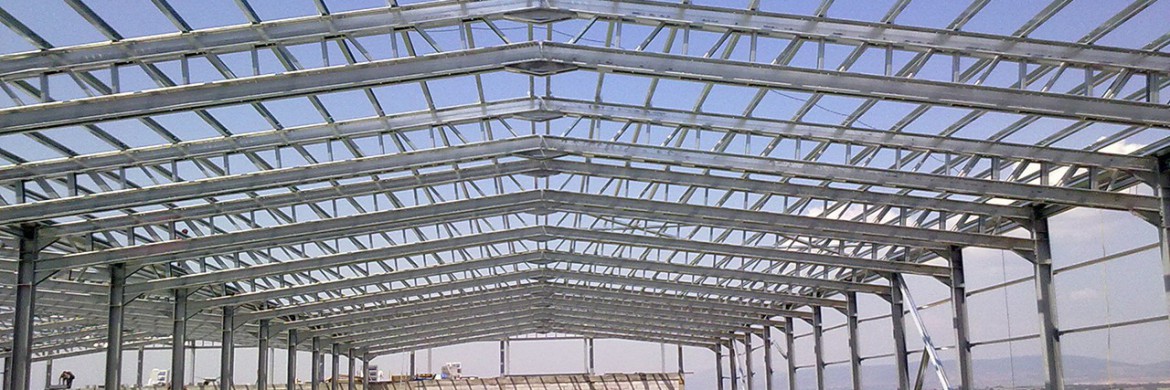How to Stop Condensation on Steel Roof Sheets: Practical Tips That Work
Condensation on steel roof sheets can be a frustrating issue for many builders and homeowners. It occurs when warm, moist air comes into contact with a cold surface, leading to water droplets forming on the steel. This phenomenon is particularly common in buildings with poor insulation or ventilation. The temperature difference between the interior and exterior surfaces of the roof contributes significantly to the formation of condensation. Understanding how to stop condensation on steel roofs is essential, as it can lead to structural damage, rusting, and reduced lifespan of the roofing materials. In this article, we will explore the causes of condensation, its implications, and effective strategies to prevent it, ensuring a durable and well-functioning steel roof.
What Causes Condensation on Steel Roof Sheets?
Condensation on steel roof sheets is primarily caused by the interaction between warm, humid air and cold steel surfaces. When the temperature of the steel roof falls below the dew point of the indoor air, moisture in the air condenses onto the steel surface. This can happen due to various factors, including inadequate insulation, which fails to maintain the roof’s surface temperature above the dew point. Environmental conditions also play a significant role; high humidity levels indoors, often caused by activities like cooking, showering, or heating, increase the likelihood of condensation. Additionally, external temperature fluctuations can contribute to this issue. Understanding these causes is crucial in addressing and preventing condensation effectively on steel roofs.
Why Is Condensation a Problem in Prefabricated and Modular Steel Roof Buildings?
Condensation poses significant problems in prefabricated and modular steel roof buildings due to their airtight construction. While this type of construction offers energy efficiency, it can trap moisture inside, leading to elevated humidity levels. The trapped moisture may result in condensation on cold steel surfaces, creating water issues that can damage the building’s interior and structure. This is particularly problematic in areas with temperature fluctuations, where cold surfaces are more common. Furthermore, condensation can lead to mold and mildew growth, posing health risks to occupants. It can also cause corrosion of the steel materials, compromising the structural integrity of the building. Thus, managing condensation is critical in these types of constructions.
5 Proven Ways to Prevent Condensation on Steel Roofs:
Preventing condensation on steel roofs is essential for maintaining the integrity of the structure. Here are five effective methods:
Install Proper Insulation Under Steel Roof Sheets
Use high-quality insulation materials to keep the roof surface above the dew point, preventing moisture from condensing.
Use High-Quality Vapor Barriers for Steel Roofs
Install vapor barriers to eliminate moisture ingress from the interior, protecting the roof structure from harmful condensation.
Improve Ventilation in Steel Roofing Systems
Enhance air circulation within the roofing system to reduce humidity levels and balance temperature differences, preventing condensation.
Apply Anti-Condensation Coating on Steel Roof Sheets
Use specialized coatings that minimize moisture buildup on the steel surface, reducing the likelihood of condensation.
Use Insulated Sandwich Panels for Steel Roof Construction
These panels provide excellent thermal performance, effectively controlling temperature variations and preventing condensation.
Is Condensation More Common on Steel Roofs in Cold Climates?
Yes, condensation is generally more common on steel roofs in cold climates. In these regions, the temperature differences between the indoors and outdoors are more pronounced, increasing the likelihood of condensation occurring. When warm air, which is often more humid due to heating systems, encounters the cold steel roof surface, the chances of moisture forming increase significantly. Cold climates often have lower outdoor humidity levels, but indoor humidity can remain high due to heating practices. This combination creates ideal conditions for condensation. Additionally, buildings in cold climates may experience more frequent occurrences of frost and dew, further exacerbating condensation issues on steel roofs. Therefore, effective condensation prevention measures are crucial in cold regions.
Best Materials to Use for Steel Roof Condensation Control
Controlling condensation on steel roofs requires the use of specific, high-quality materials. The best materials include:
- Insulation Materials: Polyurethane, polystyrene, and glass wool provide excellent thermal insulation to keep roof surfaces above the dew point.
- Vapor Barriers: Materials like polyethylene sheets effectively block moisture transfer from the interior to the roofing system.
- Anti-Condensation Coatings: These specialized coatings help prevent moisture accumulation on steel surfaces.
- Ventilation Components: Ridge vents, soffit vents, and exhaust fans are crucial for improving airflow and reducing humidity levels in roofing systems.
- Sandwich Panels: These panels, consisting of insulated cores between steel sheets, offer effective thermal management and reduce condensation risks.

